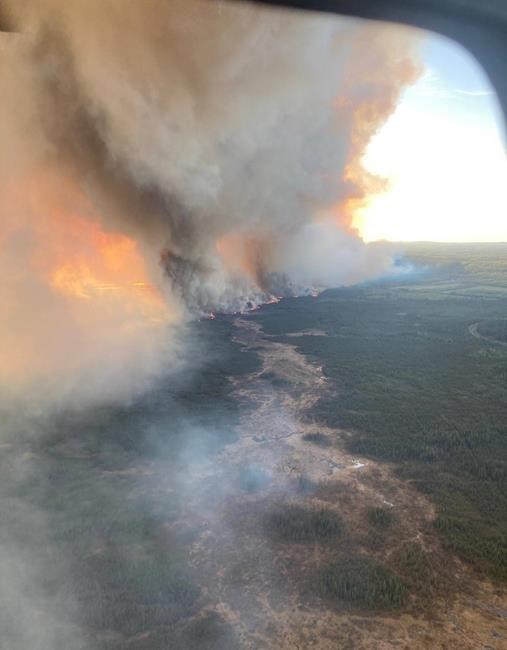medicineman
Army.ca Legend
- Reaction score
- 6,519
- Points
- 1,110
Assuming the agencies they already work for will let them take time off - as an ex SJA Division Superintendent in a military town, I always worried about how something like this would shape our response when half my volunteers, myself included, could potentially be deployed somewhere in a different uniform. Also, not every division has a lot of RN's or Paramedics or Physicians (some barely any), who, again, depending on the circumstances, may not be released to assist - in that Division we had one RN and me as a military Med Tech...our medical director, read MD, was 200km away and at an Area HQ level.St. John Ambulance Canada,
Medical First Response Services

St. John Ambulance Canada - Wikipedia
en.wikipedia.org
From an OP LENTUS perspective, when we had floods around Portage la Prairie a few years back, when I was then in the P Res, I still had to do my normal day job everyday and THEN go help with my Reserve unit after work, since towns still need their own medical folks to do their medical jobs in their town...







